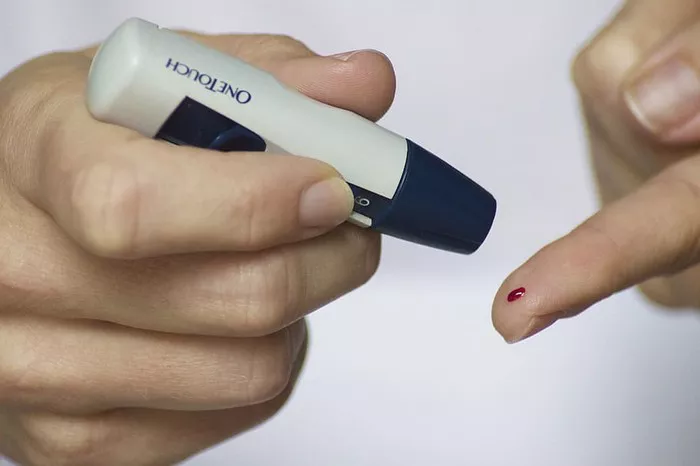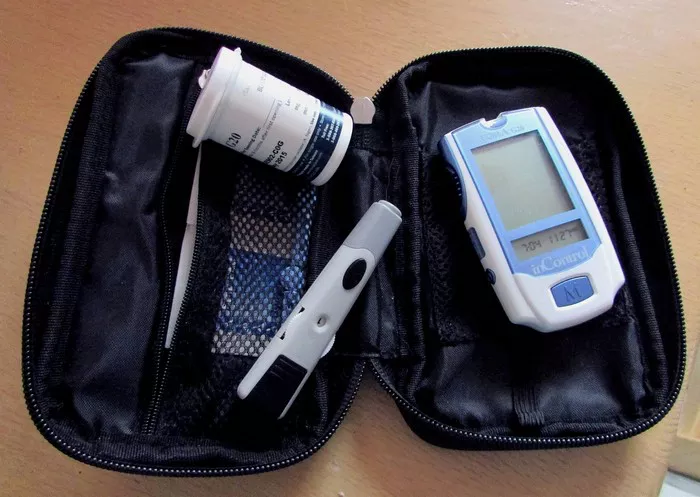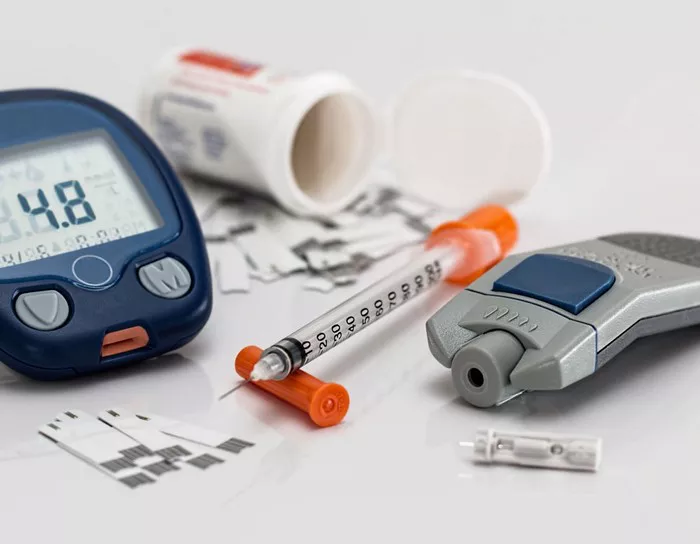Defining Normal Blood Sugar Levels: A Key Aspect of Diabetes Management
Blood glucose, or blood sugar, is a critical measure of health, particularly for individuals with diabetes. Monitoring and maintaining normal blood sugar levels are essential to preventing complications and managing the condition effectively. This comprehensive guide aims to provide an in-depth understanding of what constitutes normal blood sugar levels, the factors that influence these levels, and how to manage them for optimal health.
The Basics of Blood Sugar
Blood sugar refers to the concentration of glucose present in the blood. Glucose is a primary source of energy for the body’s cells and is derived from the foods we eat, especially carbohydrates. The body regulates blood sugar levels through the actions of insulin, a hormone produced by the pancreas. Insulin facilitates the uptake of glucose into cells for energy production or storage.
Normal Blood Sugar Levels: What the Numbers Mean
Blood sugar levels fluctuate throughout the day, influenced by food intake, physical activity, stress, and other factors. Here are the typical ranges for normal blood sugar levels:
- Fasting Blood Sugar (FBS): This measurement is taken after an overnight fast of at least 8 hours. A normal fasting blood sugar level ranges from 70 to 99 mg/dL (3.9 to 5.5 mmol/L).
- Postprandial Blood Sugar (PPBS): This level is measured 2 hours after eating. A normal postprandial blood sugar level should be less than 140 mg/dL (7.8 mmol/L).
- Random Blood Sugar: This test can be done at any time of the day without regard to meals. A normal random blood sugar level is usually less than 140 mg/dL (7.8 mmol/L).
- Hemoglobin A1c (HbA1c): This test measures average blood glucose levels over the past 2 to 3 months. A normal HbA1c level is below 5.7%.
Blood Sugar Levels in Diabetes
For individuals with diabetes, blood sugar targets are adjusted to prevent hyperglycemia (high blood sugar) and hypoglycemia (low blood sugar). The American Diabetes Association (ADA) provides the following targets:
- Fasting Blood Sugar: 80 to 130 mg/dL (4.4 to 7.2 mmol/L).
- Postprandial Blood Sugar: Less than 180 mg/dL (10.0 mmol/L).
- HbA1c: Less than 7%.
Factors Influencing Blood Sugar Levels
Several factors can affect blood sugar levels, including:
- Diet: The type and amount of carbohydrates consumed have a significant impact on blood sugar levels. Simple carbohydrates (e.g., sugary foods) cause rapid spikes, while complex carbohydrates (e.g., whole grains) result in slower, more gradual increases.
- Physical Activity: Exercise increases insulin sensitivity and facilitates glucose uptake by muscles, helping to lower blood sugar levels.
- Medications: Insulin and other antidiabetic medications directly influence blood sugar levels.
- Stress: Physical and emotional stress can increase blood sugar levels through the release of stress hormones like cortisol.
- Illness: Infections and other illnesses can raise blood sugar levels due to increased stress on the body.
- Hormonal Changes: Menstrual cycles and menopause can affect blood sugar levels in women.
The Importance of Regular Monitoring
For individuals with diabetes, regular monitoring of blood sugar levels is crucial. It helps in:
- Making Informed Decisions: Monitoring allows for adjustments in diet, physical activity, and medication.
- Preventing Complications: Keeping blood sugar levels within target ranges reduces the risk of complications such as cardiovascular disease, neuropathy, nephropathy, and retinopathy.
- Identifying Patterns: Regular monitoring helps identify trends and patterns, enabling proactive management of blood sugar levels.
Methods of Blood Sugar Monitoring
- Self-Monitoring of Blood Glucose (SMBG): This involves using a glucometer to check blood sugar levels at home. It provides immediate feedback and is essential for daily management.
- Continuous Glucose Monitoring (CGM): CGM devices measure glucose levels continuously throughout the day and night, providing real-time data and trends. This method is especially useful for detecting unrecognized hypoglycemia or hyperglycemia.
- Laboratory Tests: Periodic testing of HbA1c and other laboratory measures provides a broader picture of blood glucose control over time.
Strategies for Maintaining Normal Blood Sugar Levels
Maintaining normal blood sugar levels involves a combination of lifestyle modifications and, when necessary, medication. Key strategies include:
- Healthy Eating: Focus on a balanced diet rich in vegetables, fruits, whole grains, lean proteins, and healthy fats. Portion control and carbohydrate counting are essential for managing blood sugar.
- Regular Exercise: Aim for at least 150 minutes of moderate-intensity aerobic exercise per week, along with strength training exercises.
- Medication Adherence: Take prescribed medications as directed by a healthcare provider. This may include insulin or oral antidiabetic drugs.
- Stress Management: Techniques such as mindfulness, meditation, yoga, and regular relaxation can help manage stress and, consequently, blood sugar levels.
- Regular Check-Ups: Regular visits to a healthcare provider are crucial for monitoring diabetes management and making necessary adjustments.
The Role of Technology in Blood Sugar Management
Advancements in technology have revolutionized diabetes management, making it easier to monitor and control blood sugar levels. Some notable innovations include:
- Smart Glucometers: These devices sync with smartphones to track and analyze blood sugar data, providing insights and trends.
- Mobile Apps: Numerous apps help manage diabetes by tracking food intake, physical activity, medication, and blood sugar levels.
- Insulin Pumps: These devices deliver a continuous infusion of insulin, mimicking the body’s natural insulin release.
- Artificial Pancreas Systems: These systems integrate CGM and insulin pump technology to automatically adjust insulin delivery based on blood sugar levels.
Challenges in Maintaining Normal Blood Sugar Levels
Despite advancements and strategies, maintaining normal blood sugar levels can be challenging due to:
- Dietary Restrictions: Adhering to a diabetes-friendly diet can be difficult, especially with the prevalence of high-carb and sugary foods.
- Hypoglycemia: Overcorrection with insulin or other medications can lead to dangerously low blood sugar levels.
- Dawn Phenomenon: Some individuals experience high blood sugar levels in the early morning hours due to natural hormonal changes.
- Lifestyle Factors: Irregular eating patterns, lack of physical activity, and stress can all disrupt blood sugar control.
Personalized Diabetes Management
Diabetes management is highly individualized, and what works for one person may not work for another. Personalized care plans should consider:
- Individual Preferences: Personal preferences in diet, exercise, and lifestyle should be incorporated into the management plan.
- Health Status: Comorbid conditions, age, and overall health impact diabetes management strategies.
- Cultural and Socioeconomic Factors: Cultural practices and socioeconomic status influence dietary choices and access to healthcare resources.
Conclusion
Understanding and maintaining normal blood sugar levels is a cornerstone of effective diabetes management. Regular monitoring, healthy lifestyle choices, adherence to medication, and the use of advanced technologies can all contribute to achieving and maintaining target blood sugar levels. While challenges exist, personalized care and proactive management can significantly enhance the quality of life for individuals with diabetes. By staying informed and working closely with healthcare providers, individuals can successfully manage their blood sugar levels and prevent complications associated with diabetes.
Related topics:
What Should My A1c Be As a Diabetic
























